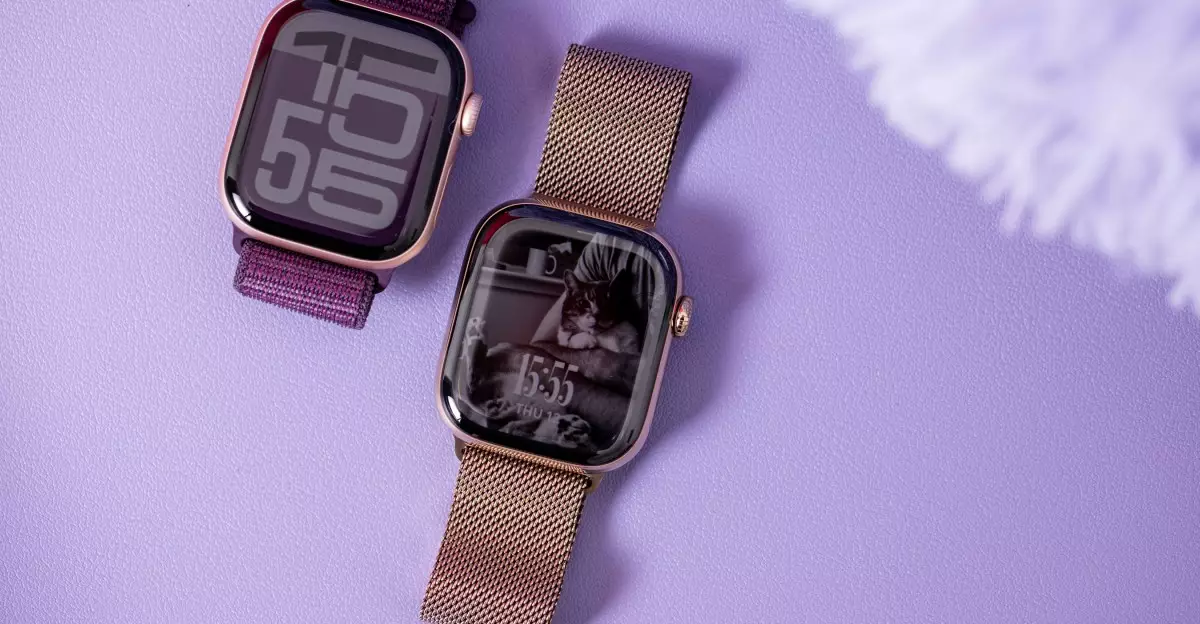Apple is taking significant strides towards an innovative future with its plan to integrate cameras into its wearables, specifically the Apple Watch, by 2027. In an age dominated by artificial intelligence, these additions are not merely for aesthetics; they represent a pivotal shift towards smarter, more interactive devices. Mark Gurman of Bloomberg paints a picture of how these enhancements could redefine the user experience, aligning with the company’s longstanding ethos of usability fused with cutting-edge technology.
Innovative Features on the Horizon
The anticipated “Visual Intelligence” feature stands at the forefront of this wearable evolution. By incorporating cameras into the watch and potentially the AirPods, Apple aims to facilitate a seamless amalgamation of physical and digital realities. With the camera embedded inside the display of the standard Apple Watch, users will gain the ability to interact with the external environment in unprecedented ways. The side-mounted camera on the Apple Watch Ultra exemplifies Apple’s commitment to optimizing both functionality and design. These advancements suggest Apple is not just staying relevant but is actively crafting the future of personal tech.
An AI Backbone
This leap into enhanced wearable technology won’t be complete without a robust AI framework. Interestingly, the company aims to transition away from relying heavily on third-party AI models to cultivating its in-house systems. The Visual Intelligence capabilities have been introduced in the iPhone 16, showcasing how intricate AI can elevate everyday tasks—from calendar management to restaurant information retrieval. This integration will likely extend beyond just utility; it will offer a more user-centric experience powered simply as an AI assistant would.
The Leadership Driving Innovation
Central to this initiative is Mike Rockwell, a significant figure in Apple’s journey toward AI-integrated wearables. Having previously led the development of the Vision Pro, Rockwell’s transition to overseeing Siri’s Large Language Model (LLM) promises to infuse a new level of intelligence into Apple’s products. His expertise may well be the catalyst for success in marrying user-friendliness with advanced AI capabilities. As the company aspires to enhance its wearable tech, the leadership quality and vision of individuals like Rockwell become paramount.
Looking Beyond the Immediate Future
Alongside planned upgrades for the Apple Watch and AirPods, there lies the exciting prospect of augmented reality glasses. Though these may still be several years off, their conceptualization speaks to Apple’s strategic foresight in the expanding landscape of wearable technology. The insights gained from this evolving integration will undoubtedly create a foundation for future innovations, potentially transforming how we perceive and interact with both our digital and physical worlds.
In this era of rapid technological advancement, Apple’s plans could be nothing short of revolutionary. While the exact impact remains to be seen, one thing is clear: they are once again poised to be at the forefront of redefining the wearables market through a unique blend of AI and everyday utility.


Leave a Reply